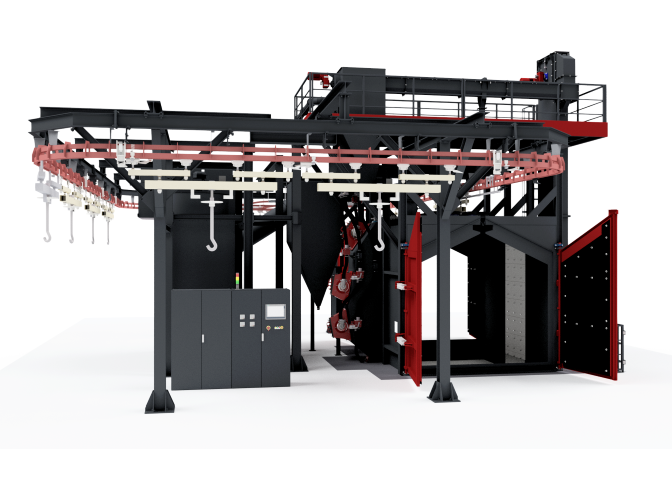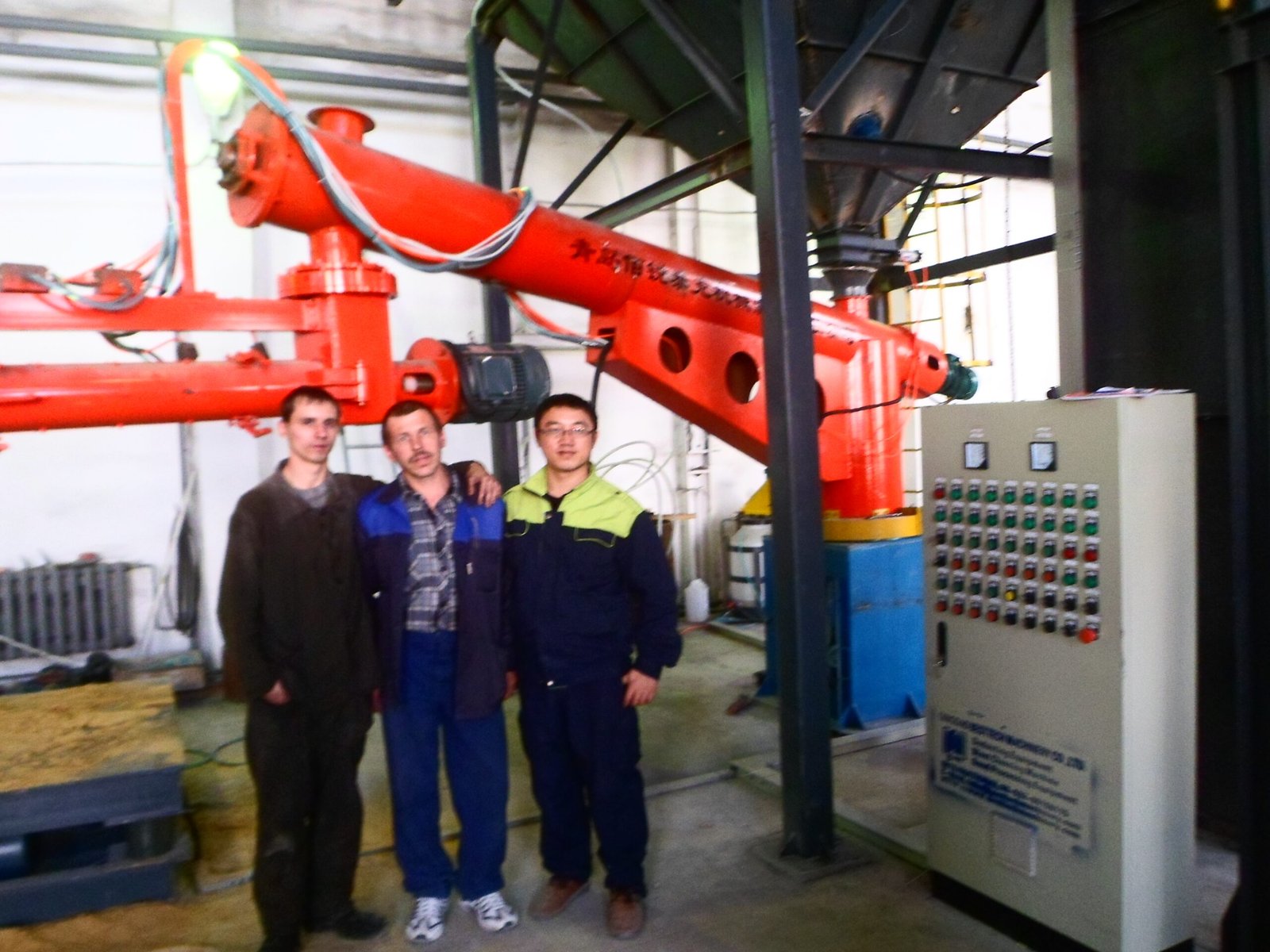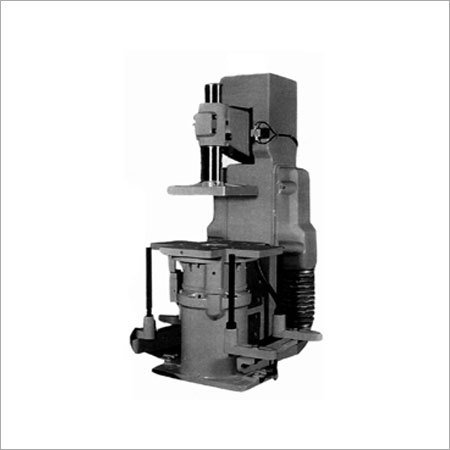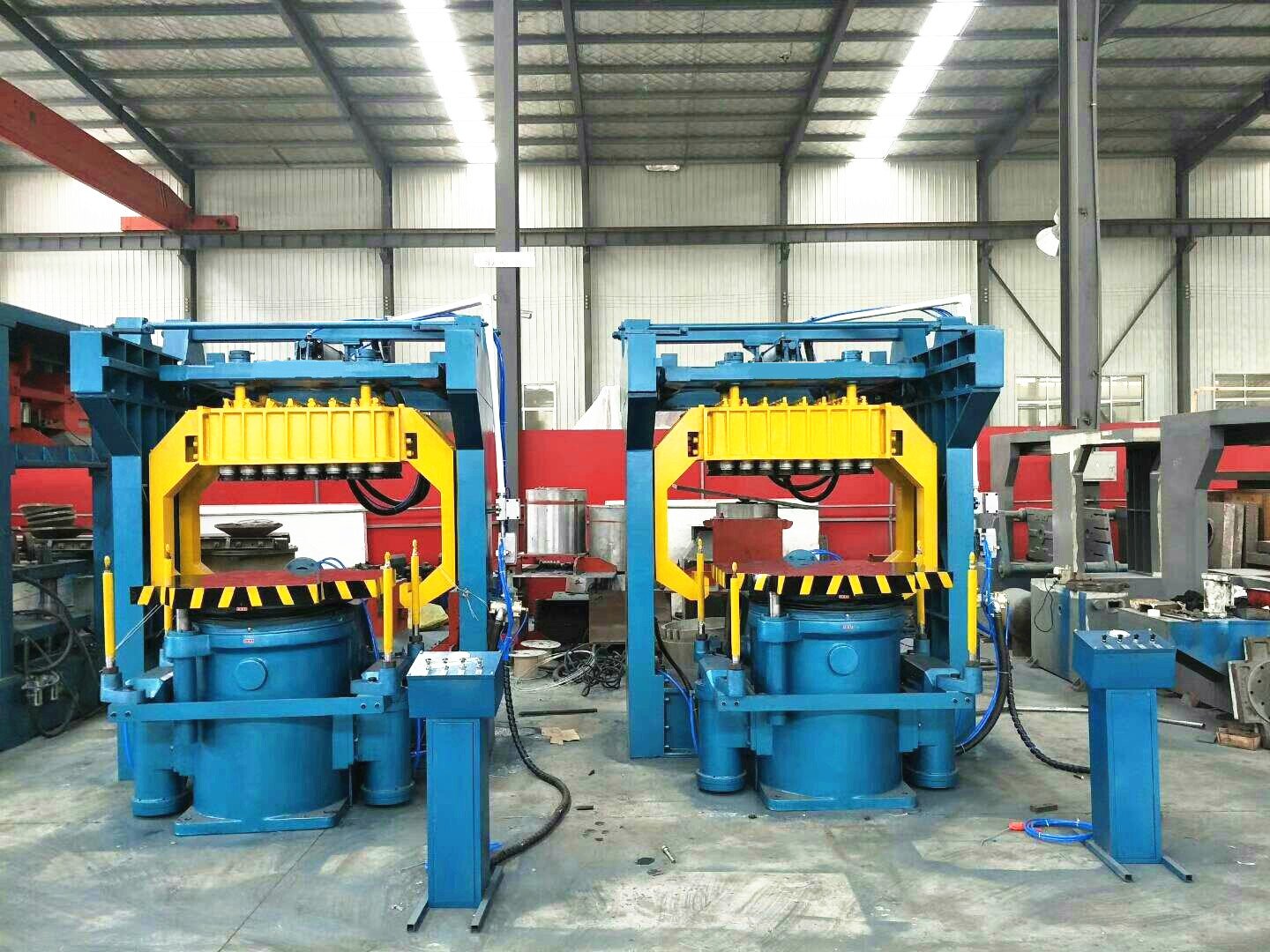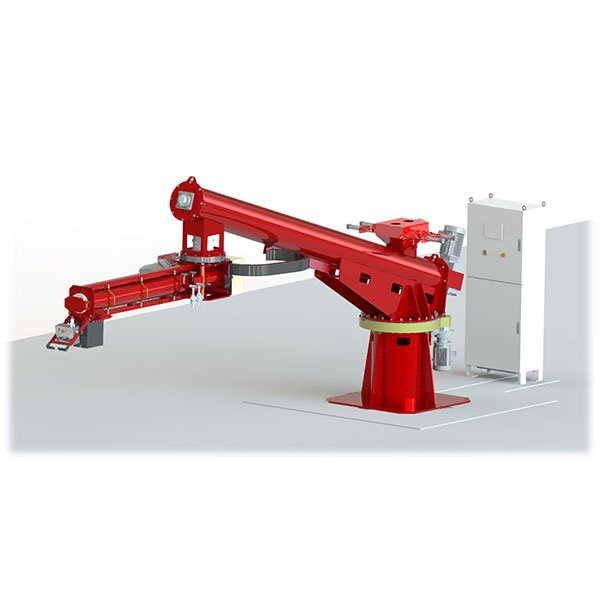If you're still blasting medium-sized parts one by one or manually, you're wasting time, labor, and consistency. That’s a common problem for many of our customers.
A twin rotary table shot blasting machine uses an alternating worktable design to maintain uninterrupted operation, ideal for batch processing with high part repetition.
Let me walk you through the structure, working logic, and application value of this system based on real experience from working with clients in casting, welding, and general manufacturing.
What Is a Twin Rotary Table Shot Blasting Machine?
In many plant upgrades I’ve led, the biggest performance improvement came from fixing one thing: the production rhythm. Single-table shot blasters halt the cycle every time you load or unload.
A twin rotary table shot blasting machine eliminates idle time by allowing one table to blast while the other is prepared for the next cycle—continuous, efficient production.

This design is brilliant in its simplicity: two turntables mounted on a rotating platform, one inside the blast chamber while the other is outside for loading. After blasting, the system rotates—switching roles in seconds.
This configuration is ideal for workshops handling medium-sized components in repeat batches, such as iron brake drums, aluminum housings, or welded flanges. We’ve had clients report a 30% reduction in per-piece cost after switching from traditional systems.
Basic Machine Specifications
| Parameter | Range |
|---|---|
| Number of Turntables | 2 (alternating operation) |
| Table Diameter | Ø800 mm – Ø2000 mm |
| Load Capacity per Table | 500 kg – 1500 kg |
| Number of Blast Wheels | 2–4 (configurable) |
| Media Type | Steel shot or steel grit |
| Chamber Lining | Manganese or alloy wear plates |
How Does It Work?
Efficiency in blasting is not just about cleaning speed—it’s about cycle continuity. That’s where the twin table system excels.
By alternating the blast chamber access between two rotating tables, the system minimizes idle time and keeps production flow steady.
How It Operates
- Loading Phase: Operators place parts on Table A outside the chamber.
- Blasting Phase: Table B is inside the chamber where blast wheels clean the components.
- Rotation Switch: After blasting, the platform rotates—Table A moves in, Table B moves out.
- Media Recycling: Dust and used abrasive are separated and reprocessed for reuse.
The core of the system lies in its mechanical reliability. The rotation is powered and controlled via PLC for precision. Sealed rubber curtains and wear linings protect the chamber and contain dust.
For heavily soiled parts like welded frames, a pre-air blast or blow-off system can also be integrated to extend media life.
Key Features and Benefits
Compared to traditional rotary tables or hook-type systems, this machine is simpler, more efficient, and more operator-friendly.
Twin rotary table shot blasting machines are best for job shops needing consistent finish, compact layout, and higher output with limited staff.

Feature & Benefit Overview
| Feature | Benefit |
|---|---|
| Dual-Table System | Allows loading/unloading while blasting continues |
| Adjustable Blast Angles | Targets complex geometries effectively |
| Efficient Dust Removal | Cleaner work area and longer equipment life |
| PLC Control Panel | Simple operation and part recipe memory |
| Compact Machine Layout | Ideal for workshops with space constraints |
Maintenance is straightforward. With alternating use, each table experiences less wear, and preventive checks can be done on one table while the other remains operational.
Blast wheel angle adjustment is also a major plus, especially for ribbed or recessed parts that need targeted coverage.
Ideal Applications
Some assume this system is only useful in foundries, but it’s actually perfect for many manufacturing environments.
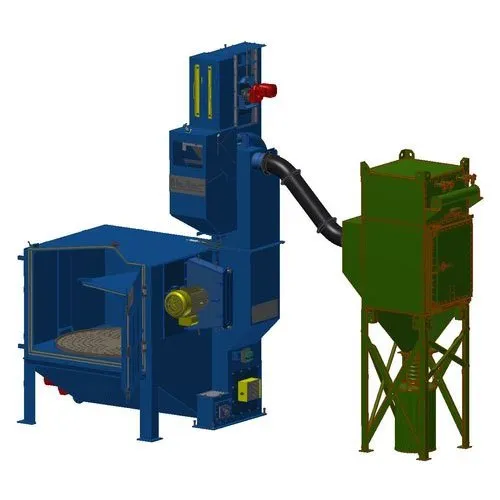
Twin rotary table machines excel in batch cleaning scenarios with medium parts across automotive, general foundry, and welded structure industries.
Typical Use Cases
- Automotive Components: Brake drums, housings, knuckles
- General Castings: Ductile iron, aluminum, brass parts
- Welded Structures: Mounting brackets, plates, frames
- Repetitive Small Batches: Valve bodies, die-cast housings
One customer switched from hook-type blasting to this system for motor housings. Result? Labor reduced by 60%, cycle time stabilized at 45 seconds per piece, and defect rate dropped significantly.
FAQs
Q: What’s the main benefit of twin tables?
A: Minimal idle time. One table loads while the other blasts—nonstop workflow.
Q: Can both tables blast simultaneously?
A: No, only one operates inside the blast chamber for safety and process control.
Q: What’s the typical table size range?
A: Between Ø800 mm and Ø2000 mm depending on the model.
Q: What abrasive media is compatible?
A: Steel shot for smooth finishes; steel grit for rougher profiles.
Q: Is table rotation automated?
A: Yes. All Hitech-China systems feature PLC-driven electric rotation.
Conclusion
For shops that value cycle time, part consistency, and compact design, the twin rotary table shot blasting machine is a practical and cost-effective solution. It brings order, rhythm, and reliability to batch cleaning operations.
Need help configuring the right model for your workflow? Reach out—we’ll tailor a system that matches your part size, volume, and finish requirements.

